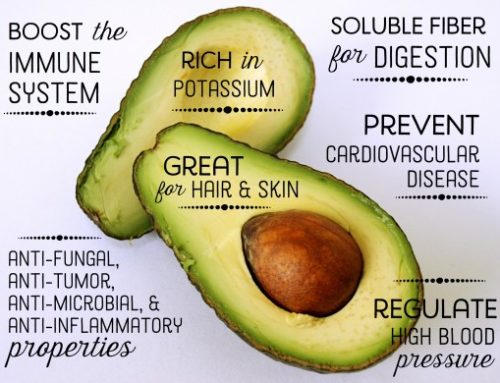6 Signs You’re Not Getting Enough Magnesium
When you think of the nutrients you need every single day, your mind probably jumps to vitamin D, iron, or even calcium. One crucial mineral you might miss? Magnesium.
“Magnesium is a very important mineral and is involved in more that 600 chemical reactions in the body,” explains Sonya Angelone, MS, RDN, CLT, spokesperson for the Academy of Nutrition and Dietetics. “Magnesium is the fourth most abundant mineral in the human body after calcium, potassium, and sodium.”
The problem is, the average person only gets 50 to 66 percent of the magnesium they need daily, says Angelone. Why? Most Americans don’t eat enough magnesium-rich foods—like leafy green vegetables, nuts, seeds, and legumes—and load up on processed ones instead, where magnesium has been removed in the refining process, she says.
Still, while most people probably aren’t getting enough, true deficiency is less common. Your kidneys actually limit the amount of magnesium you flush out through your urine, according to the National Institutes of Health. In addition to consistently eating a diet heavy in processed foods, several health conditions (including diabetes and celiac disease), chronic alcoholism, and taking certain medications can bump your risk of true deficiency.
“Nutrients work together to promote optimal health, and an inadequate intake of any nutrient, including magnesium, can lead to symptoms depending on the shortfall,” says Angelone. Here are six signs you’re not getting enough magnesium and how you can bump your intake.
1. You feel really tired
Magnesium helps you feel alert by teaming up with the enzymes inside of your cells to produce energy, says Angelone. “Since it’s not easy to test magnesium in the blood, deficiencies or insufficiency are often not detected,” she says. “Therefore, it’s hard to know how many people who suffer from fatigue may actually not getting enough magnesium into the cells.”
Lots of things can make you feel tired—lack of sleep or exercise, your diet, and various health condition are common culprits—but if your fatigue persists and you experience multiple symptoms on this list, check in with your doc.
If you’ve ever been woken up by a charley horse in the middle of the night, you know how agonizing random cramps can be. Certain medications, medical conditions, exercising for a long time, or holding a certain position for a prolonged period can all boost your risk of cramping.
But if you’ve ruled those factors out, it’s possible you could be lacking some critical nutrients. Magnesium helps regulate your muscle and nerve function by carrying potassium and calcium across your cells, a process that’s important for healthy muscle contractions. Low levels of the mineral may boost the “excitability” of your nerve endings, which are responsible for stimulating your muscles, according to the National Council on Strength and Fitness. So when they get too hyped your muscles can’t relax properly, causing twitching, spasms, and painful cramping.
3. Your blood pressure is sky high
Several studies suggest that magnesium has various impacts on your heart health, including your blood pressure. In fact, people who received an average of 368 milligrams of magnesium daily for three months saw their BP readings drop, according to a meta-analysis from the American Heart Association, but only if they weren’t getting enough magnesium.
Scientists aren’t sure why this link exists, but it might have something to do with magnesium’s effect on inflammation, according to a 2012 review of research.









